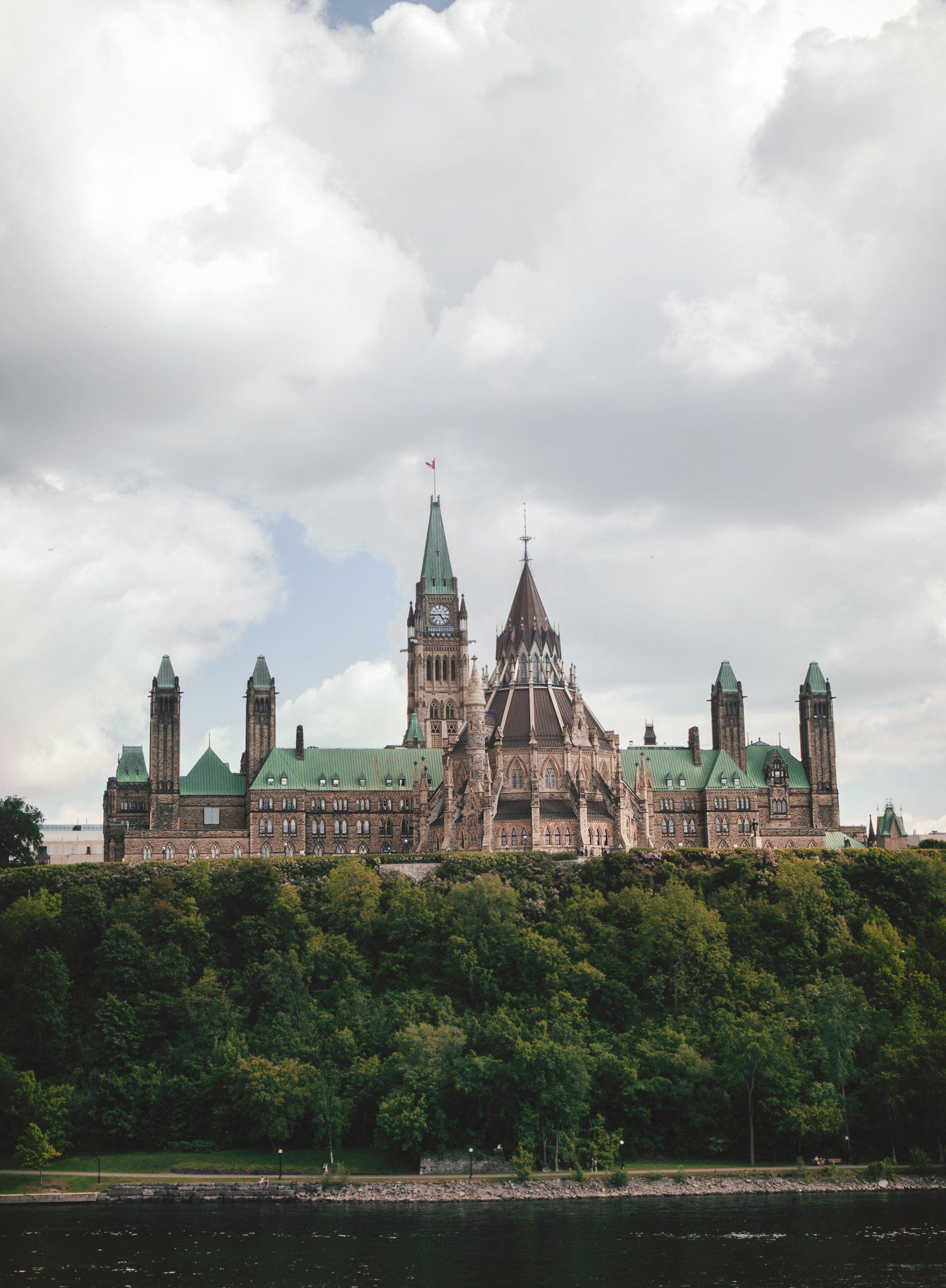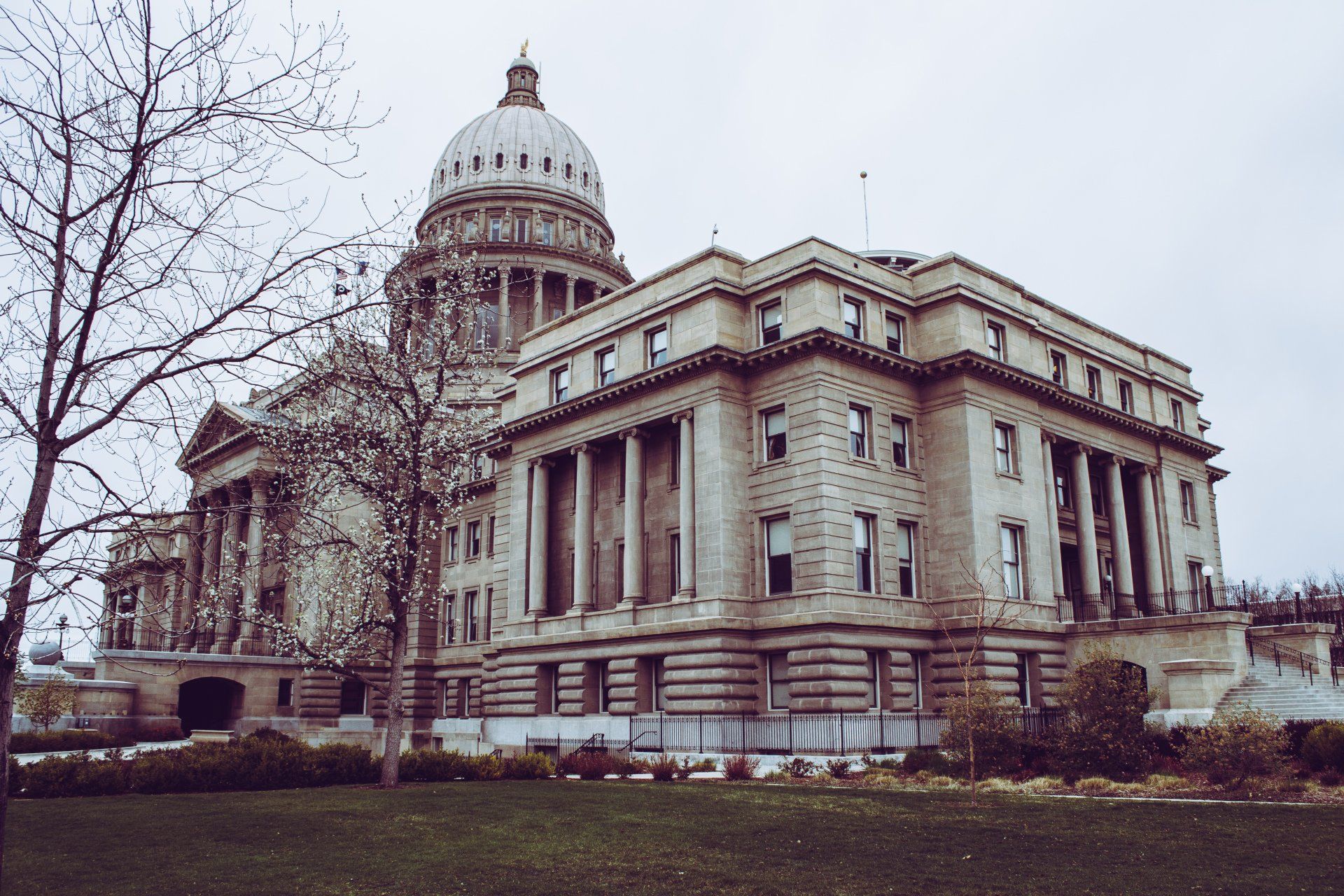Budget Airlines
Are they worth the low cost?
Budget airlines, or Low-Cost Carriers (LCCs), have become a popular option for those seeking low-cost flights around certain countries or regions. Consumers are drawn to this low-cost model of travel as they want a quick and efficient way to get to their destination and are willing to give up certain travel ‘luxuries’ to save money. One of Europe’s most popular LCCs, Ryanair, charged an average of $40 per ticket, making it an extremely affordable way to travel. Compared to regular carriers, Ryanair saw revenue of $1 billion in 2019, whereas American Airlines made $2.1 billion.
LCCs are primarily popular in Europe and South-East Asia, with a recent rising in the Americas. The best budget airlines are in Europe, such as Ryanair (Ireland), EasyJet (Ireland), and Pegasus Airlines (Turkey). Other successful airlines include GOL (Brazil), Southwest Airlines (USA), and Flair Airlines, Swoop Airlines, or Porter Airlines (Canada). Though not listed here, there are dozens of more LCCs operating all over the world.
Since the rise of LCCs, the industry competition has only grown, with LCCs capturing a large portion of occupied seats (known as ‘pax’). In Europe alone, 40 percent of pax come from LCCs. Latin America and North America also have high figures, at 36 percent and 32 percent, respectively. Globally, 32 percent of pax come from LCCs. These carriers have captured a significant portion of consumers and are continuing to spread to larger airports, attracting even more popularity.
Advantages of Budget Airlines
Ticket Prices & Operational Costs
Ticket prices are the most competitive factor for airlines and with the introduction of LCCs, the competition is only getting stronger. To keep costs low, LCCs exclude several in-flight services and amenities, don’t include free baggage, or seat selection, and select secondary airports that have lower costs. Overall, a flight between New York’s LaGuardia Airport and LAX would cost around $231 on Southwest, whereas on United the price is anywhere from $400-$900.
Operational costs can be extremely high, considering many airlines have hundreds or thousands of flights. For standard carriers, a 7-hour flight across the Atlantic would cost $72,000, whereas a 2.5-hour LCC flight through Europe would be $12,000. LCCs variable operational cost is around $4,000-$4,700/hour whereas larger aircrafts (>300 seats), cost between $9,000-$10,300/hour. These savings can be passed on to customers in the form of lower ticket prices.
Customizable Travel Experience
The overarching idea of low-cost carriers is that they are a cheaper means of travel. These airlines cut ticket prices down to bare-bones and include only what’s necessary to get you from point A to point B. By excluding services, like one checked bag and free in-flight refreshments, consumers can travel without paying for unnecessary features that don’t require. On typical flights, travellers who don’t check a bag or take advantage of other complimentary services don’t receive any sort of rebate; they simply pay the full price of the ticket.
With LCCs, on the other hand, you pay for exactly what you get. For some, a plane ticket and a personal item are all they require. Even if you require additional services, you can choose exactly what you need and don’t pay for anything more. LCCs are the most cost-effective way to travel, especially when travelling to multiple countries or going away for the weekend.
Fleet Uniformity
LCCs benefit from fleet uniformity. Having common planes makes it easier for maintenance engineers to service aircraft, and training staff on only a few types of planes is also more streamlined. Likewise, the ability to maintain inventory and aircraft availability is improved. Traditional carriers require several sizes of planes for flight size variation, whereas LCC passenger demand doesn’t vary. LCCs typically fly Boeing 737s, which means they can carry around 170 passengers per flight.
Consistent routes that are similar in length let airlines can be more operationally viable. This business model doesn’t work with flights that are variable in length or frequency. Fleet uniformity is extremely cost-effective, and with most LCCs, commonality in their fleets only benefits and sustains their revenue.
However, fleet uniformity comes with a significant flaw. For example, in 2019 Boeing grounded their 737 MAX aircraft, which resulted in Southwest Airlines grounding 34 planes. By solely relying on a single fleet style, any maintenance or other problems could result in a string of flight disruptions.
Disadvantages of Budget Airlines
Comfort & Customer Service
Some comfort and amenities on flights have become standard and are usually included in ticket prices. However, the main strategy to lower prices for LCCs is excluding many ‘complementary’ services such as included checked baggage, in-flight entertainment, and free seat selection. Unlike regular airlines, these carriers don’t have TVs or Wi-Fi onboard, so personal entertainment is up to the traveller. They also don’t offer free in-flight refreshments, typically only water, while some airlines may offer food for an additional fee.
Consumers may also face issues if they miss their flight or require a refund. Typically, these companies don’t offer refunds for missed flights, and processing a refund may be time-consuming and difficult. Many LCCs have also stranded passengers around the world due to cancelled flights and insufficient passenger volumes leading to a lack of funds. In cases where flights were cancelled, getting new tickets was increasingly difficult due to high demand. Some customers have also experienced ‘customer service nightmares’, with one example of EasyJet closing check-in with 30 percent of passengers still waiting in line.
Ancillary Fees
On top of the decreased included amenities, many services have high hidden fees that, in some cases, are required. Most travellers take carry-ons or checked bags, which can range from $32 to $53. There are also strict baggage weights and dimensions, and many carriers don’t allow for overweight baggage, as well as fees for seat selection which can make it difficult for groups to sit together. Travellers can end up paying anywhere from $4 to $40 to choose their seats.
Many airlines will also charge passengers for checking in to their flight at the airport. While online check-in is free, checking in at the airport will cost you $58 with Ryanair. In addition, if passengers needed to cancel or change their flight, they are met with high cancellation fees that may be more than their flight ticket. On Ryanair, for example, passengers cannot cancel their flight and receive any money back, and changing their flight can range from $37-$101. Even changing your name on a ticket can cost passengers up to $170 24 hours after booking.
Most shockingly, LCCs don’t make money on the ticket price. If tickets were the only stream of revenue for Ryanair, they would have lost $1.5 billion in 2019. Almost 30 percent of revenue comes from hidden fees or added costs, like baggage and in-flight food. Other airlines, like Wizzair, saw 45 percent of revenue coming from ancillary revenue.
Route Availability
The greatest disadvantage of LCCs is their region and route availability. Some LCCs only service popular areas. For example, Southwest Airlines offers dozens of routes throughout more populated areas, but they don’t stop in Northern states such as North Dakota, South Dakota, Wyoming, and Maine. In some states, they only serve one city.
Since these carriers use some secondary airports to reduce fees, this could mean landing way further from your destination than intended. An example of this is Ryanair’s flight to Frankfurt, Germany, which lands travellers in Hahn, 75 miles away from their destination. You may also land in an entirely different country. If travelling to Copenhagen, Denmark, you may land in Malmö, Sweden, which is 25 miles away. LCCs save money this way, but it can create a big headache for travellers who are left to figure out how to reach their destination.
Are Budget Airlines Commercially Viable?
LCCs make travelling by air more cost-effective and efficient. Providing consumers with the option to ditch excessive ‘luxury’ services and allowing them to pay only for what they want makes it increasingly easier to travel. Though the sacrifice of comfort, effective customer service, and route availability may pose a disadvantage to its viability, consumers actively decide to spend less and receive less in terms of amenities. With the significant amount of market capture and revenue from LCCs, it’s clear that this business model can play a role in the larger airline industry.


